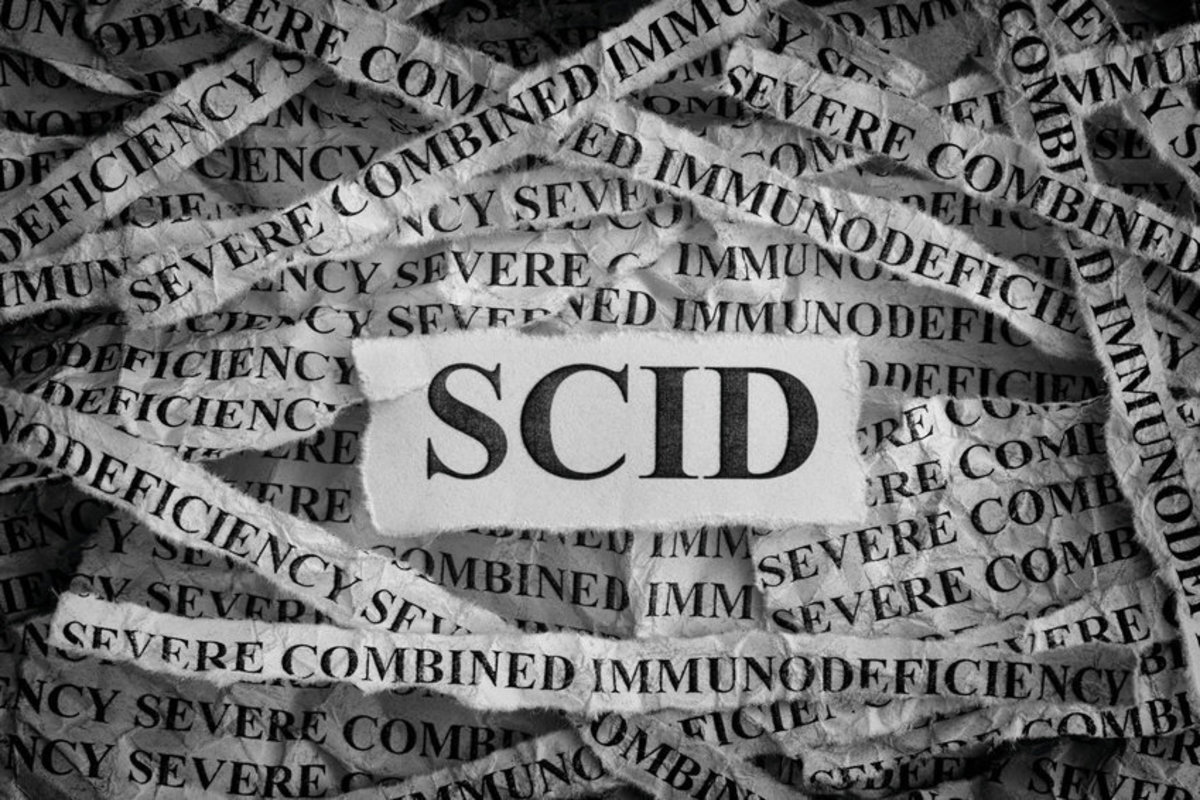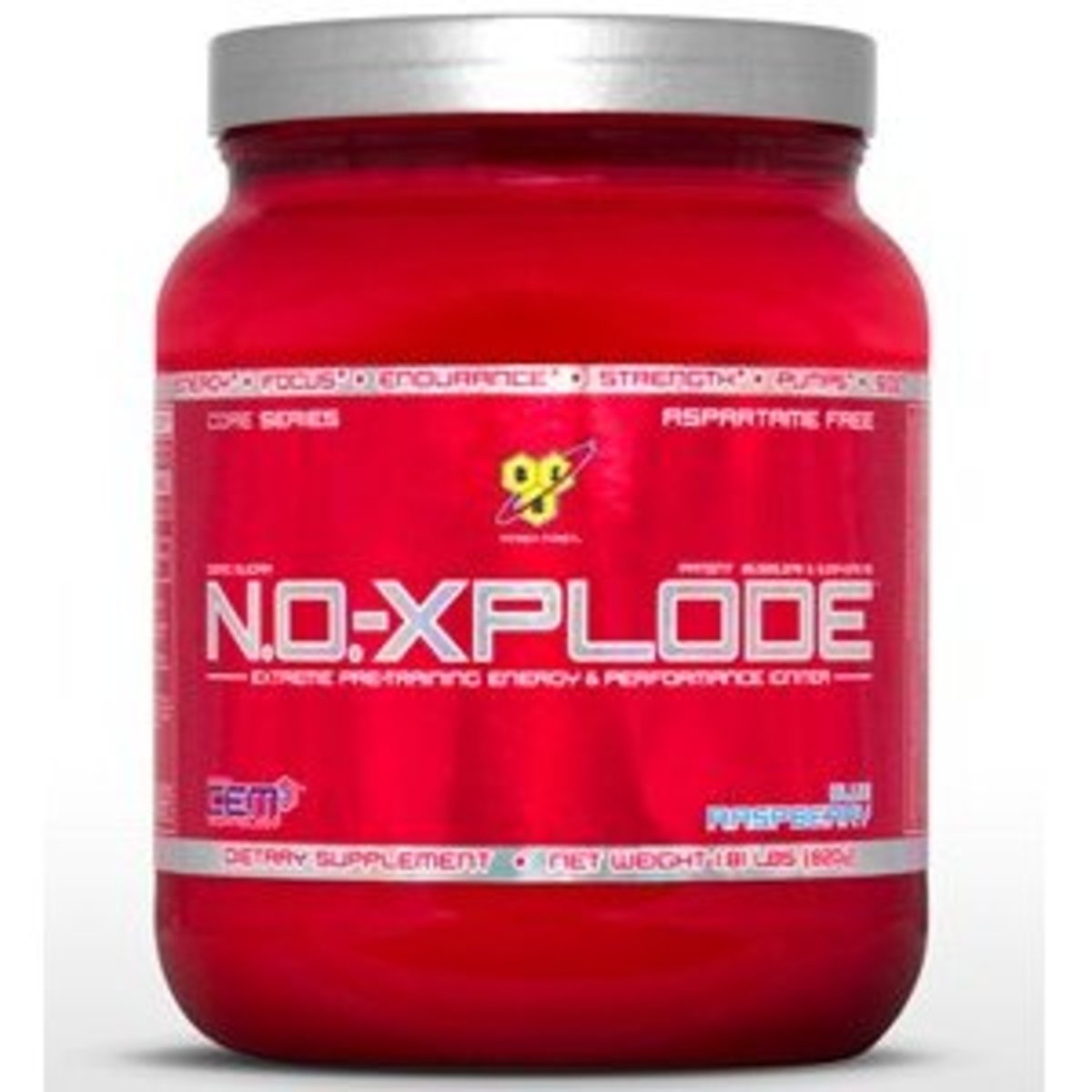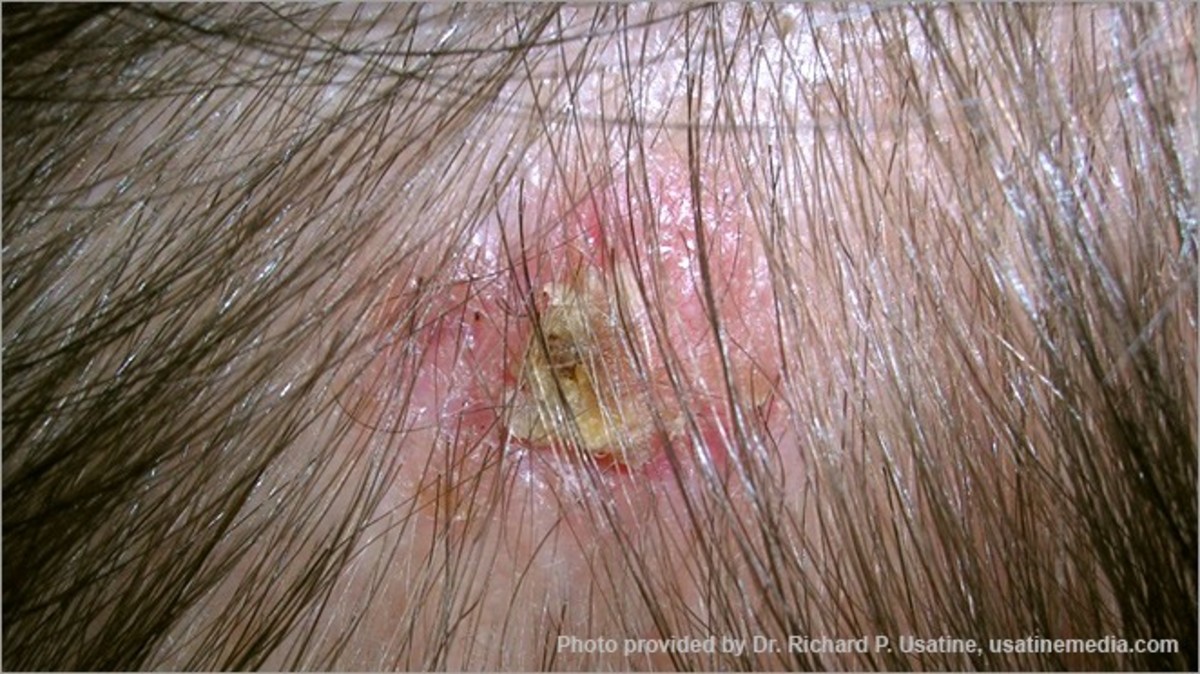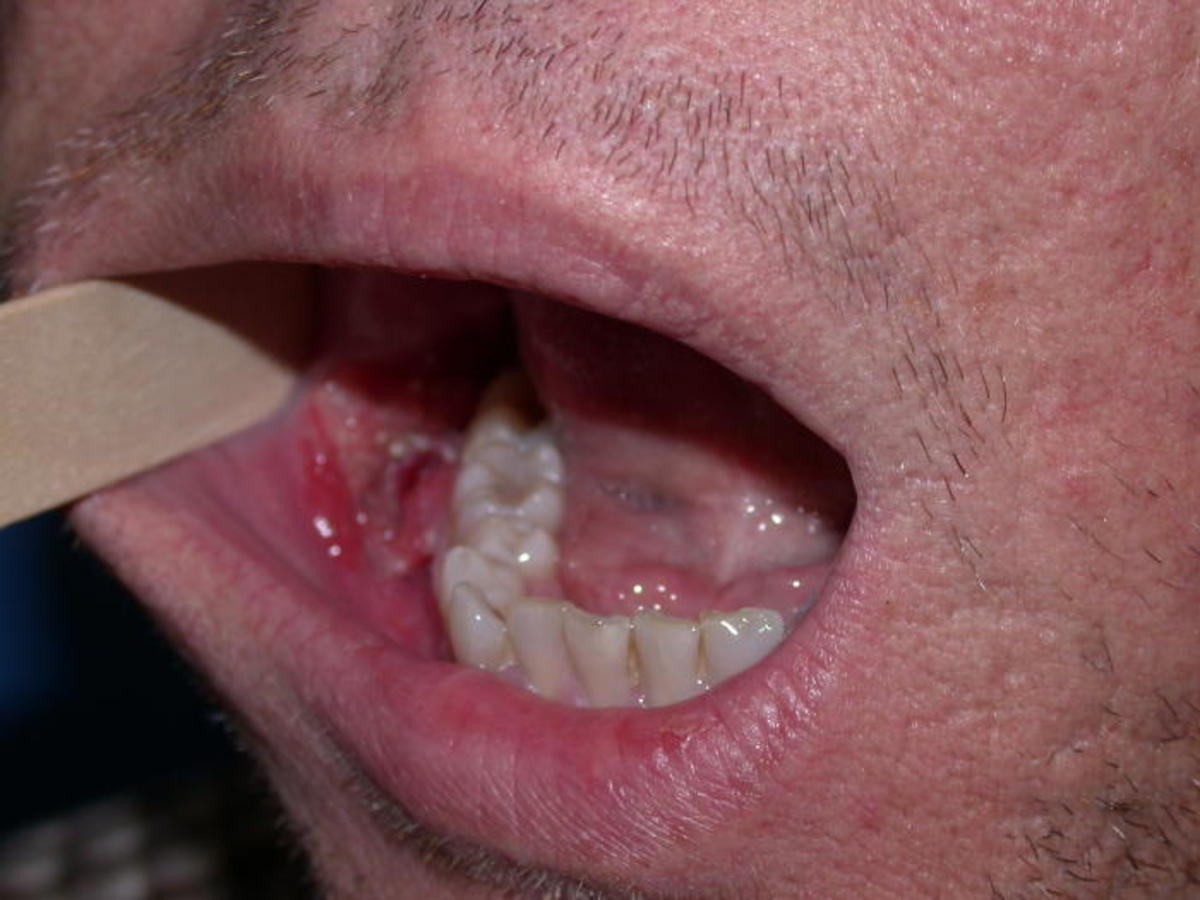Better than Chemotherapy: Gene Therapy, a New Method to Cure Cancer
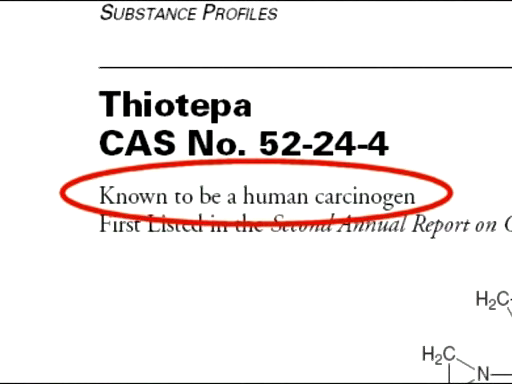
Chemo drugs are carcinogenic (Photos derived from Forbidden Cancer Cures)
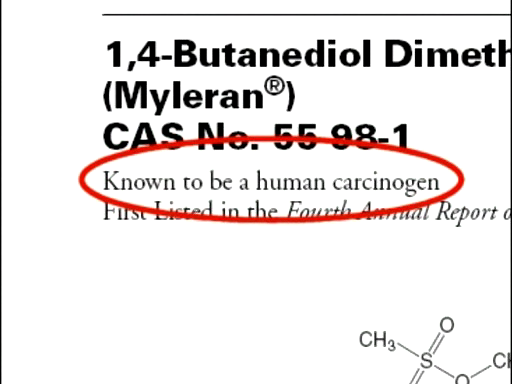
Chemotherapy
Precise delivery of active agent to cancer cells
This new method in curing cancer involves precise delivery of free radical gas to kill cancer cells and induce apoptosis.
The agent for use in killing cancer cells is nitric oxide produced by the enzyme inducible nitric oxide synthase (iNOS).
This technology is like chemotherapy. I mention chemotherapy because it is the one that we are familiar with.
Chemotherapy
Let’s review chemotherapy. It uses drugs that kill cancer cells. However, these drugs also kill healthy cells in the vicinity of targeted cancer cells, and healthy cells that are fast-growing like blood cells or hair cells. That is why the side effects of chemotherapy; in overdose they cause cancer.
Chemo drugs like Adriamycin (doxorubicin) travel along with the blood to get to target cancer cells.
The active agents in chemotherapy drugs are free radicals like singlet oxygen (Pressman, A. H.D.C., Ph.D., C.C.N.and S. Buff. Glutathione: The Ultimate Antioxidant. 1998). But conventional medicine will not mention the free radical because conventional medicine snubs the concept that free radicals and their derivatives cause disease.
Chemotherapy drugs produce free radicals that kill cancer cells and healthy cells alike (Sharma, H. Freedom from Disease. 1993).
The reasons for such snobbery are that the concept makes prevention and treatment of cancer easy and less costly. It will not make profits for Big Pharma because the curative agent carriers are just around the corner like fruits and vegetables. These are antioxidants, vitamins and minerals.
Big Pharma does not want to cure cancer, only treat it. Cancer patients are the big markets of Big Pharma.
Free radicals
The simple principle involved is: free radicals kill cancer cells.
This principle can be applied in therapy such that free radicals get to the target cancer cells in a highly precise manner.
A free radical is an atom or molecule or fragment of a molecule with at least one unpaired electron. For example, singlet oxygen. This consists of two atoms of oxygen with two unpaired electrons in its outermost orbital. These unpaired electrons spin around the nucleus in opposite directions. An unpaired electron is unstable and to attain stability it grabs another electron of another neighboring molecule. That molecule may belong to DNA that is injured once one or several of its electrons were grabbed. Injury in DNA results in tumor or cancer.
Singlet oxygen (1/2O2) was formerly molecular oxygen (O22-) that had two unpaired electrons in its outermost orbital spinning around the nucleus in parallel direction. When struck by ultraviolet rays or energy (at least 1216 kcal./mol), the spin of one of its unpaired electron was reversed resulting in two unpaired electrons spinning in opposite directions. These electrons can grab two electrons at the same time. Molecular oxygen can grab only one electron at a time owing to parallel spin of its unpaired electrons. That is why the singlet oxygen is more destructive than molecular oxygen, twice over.
Apoptosis
Some cancer cells in a cancer colony must be killed such that the ability of cells to undergo apoptosis is revived. A cancer cell induces cancer in its healthy neighboring cell. Apoptosis is programmed cell death when the cell had reached its programmed life span. Blood cells have a programmed life span of 140 days. That is, they die naturally in 140 days and are replaced by new blood cells by stem cells in the bone marrow. A nucleus of a cell that undergoes apoptosis shrinks. No inflammation,swelling or pain; inflammation occurs in cell that is injured. An apoptosed cell (a cell that die naturally) is phagocytosed (engulfed) by healthy neighboring cells.
A cell that naturally has the property of apoptosis will fail to undergo apoptosis because it had sustained plenty of mutations. Such mutation are induced by environment like free radicals and their derivatives.
There are three kinds of cells that are believed do not undergo apoptosis: brain cells, neurons, cardiovascular cells like heart cells. (However, this belief needs review).
Some cells have switches that control growth. For example, gene p53. Switched on it stops abnormal growth like tumor or cancer. When gene p53 is switched off it fails to stop abnormal growth. What switches off gene p53? Free radicals and their derivatives called reactive oxygen species (ROS) that also act like free radicals.
To retrace our steps. We want to see how a free radical can be delivered to cancer cells to kill them. That free radical is nitric oxide (NO), a gas, produced by the enzyme inducible nitric oxide synthase (iNOS). NO is the product of enzymes acting on L-arginine, an amino acid.
Our body produces two other kinds of nitric oxide (NO): NO/eNOS catalyzed by the endothelium nitric oxide synthase; NO/nNOS catalyzed by neuron (brain) nitric oxide synthase. Our body (mammals for that matter) does not have the enzyme inducible nitric oxide synthase but it can be induced. That's why the name.
Gene therapy
By gene therapy, the gene that controls production of iNOS is incorporated into the cancer cell. Technically, the recombinant virus that carries the gene attaches specifically to the cells that express carcinoembrionic antigen (CEA).
That CEA-expressing cell is a tumor or cancer. The carrier of the gene is a virus. Antigen is a marker that the macrophage (a component of immune system) latches on the surface of any foreign body. Tumor or cancer is recognized as foreign body by the macrophage (Jaret, P. Our Immune System,: Wars Within. National Geographic. June 1986)
Once iNOS gets into the cancer cell, this cancer cell produces nitric oxide that kills the cancer cell and abnormal neighboring cell. It is not necessary that all other cancer cells get the gene that induces iNOS. NO/iNOS, that lasts for a generation, kills other cancer cells in the vicinity.
The gene therapy procedure or experiment was done in the test tube and on mice.
We designate this NO as NO/iNOS to distinguish it from NO/eNOS and NO/nNOS. The latter two NO do not kill cells. NO/eNOS is a signal free radical that tells the inner layer of the artery to dilate. It is the same as the NO produced by nitroglycerin (Isodril, Imdur) that alleviates angina or hypoxia (insufficient oxygen).
“The inducible nitric oxide synthase (iNOS) gene product yields nitric oxide (NO), which directly induces autotoxicity and cytolysis of bystander cells (Kuroki, M. “Gene Therapy in Cancer Via Use of a Retrovector Having a Tumor Specificity and Expressing Inducible Nitric Oxide Synthase.” Nitric Oxide Protocols. Hassid A. Editor. Second edition. 2004:201-211.
Autotoxicity means production of poisons; cytolysis means break up of cell membrane resulting in cell death; bystander cell means any abnormal neighboring cell. Retrovector involves recombinant DNA technology where a virus is used. This virus consists of RNA (ribonucleic acid) that uses the DNA of its host to multiply. We will not go deeper into details of recombinant DNA and gene therapy.
"Our specifically targeted killing approach has several features that make it attractive for clinical gene therapy. First, the recombinant retrovirus obtained specifically bound to CEA-expressing cells. This prevents the uptake of virus by nontarget cells or CEA-nonexpressing cell, resulting in lesser side effects. Second, the targeted cells were directly killed by the biological product (NO/iNOS) of the therapeutic gene ...." (Same source as above, parenthetical supplied).
CEA means carcinoembryonic antigen.
In this method, the genes of the cancer patient is not manipulated. Not one gene is added to his genes. The virus carrier of gene that induces the production of enzyme, inducible nitric oxide synthase, will be engulfed by macrophage and neutrophils then ejected from the body.
Better than radiation therapy
Edited as of Jan. 6.2013
NO/iNOS gene therapy is better than radiation therapy that produces X-rays. Actually, X-ray is energy that ionize electrons of an atom. Ionize means remove (Chan, R. W. N. Physics Beyond 2000. 2nd edition. 1995:436). Ionized electrons are removed from their orbital, the path of electrons around the nucleus of an atom. An atom whose one or more electrons had been removed from inner original orbital changes such that it is no longer the same as the original atom. For example, phosphorus struck by x-ray will stop to be phosphorus. That is why, when the phosphorus of DNA is struck, DNA mutates that results in tumor or cancer.
X-rays inflict damage on the molecule; thus on the tissue made of molecules; thus on the organ made of tissues. When X-rays pass through a molecule (made of atoms) they remove electrons. That is the first damage. By nature, electrons are in pairs for purposes of stability. When ionized, the pairing is destroyed. When the source of X-rays is switched off, like in an X-ray machine, the removed electrons grab another electron that may belong to a molecule, say, DNA. The purpose of grabbing is to reestablish stability by getting a partner. That is the second damage. Removal of electron is an injury that results in mutation then tumor or cancer.
A cell that had lost electrons will grow continuously or will die. Editing ended here.
Like free radicals and ROS, X-rays are indiscriminate that kill cancer cells and healthy cells as well. That is why radiation therapy is also carcinogenic; an overdose causes cancer.
Cancer is formerly a tumor whose growth had become uncontrolled and the lump of tumorous cells breached the matrix that confines the cell. Tumorous cells break out, go to the blood and lymph fluid then lodge anywhere else in the body. This process is called metastasis; the tumor had turned into cancer that starts a colony where it had lodged.
So far FDA has approved surgery, immunotherapy, chemotherapy and radiation as treatments for cancer. Both chemo and radiation therapy induce loss of memory or forgetfulness as side effect.
Pharmacogenomics
Laboratory procedures of NO/iNOS technology are already in the book cited above. I have a copy. What remains is trial of the technology on human beings. Also, the setting up of laboratory and enterprise that deliver the gene and services.
Pharmacogenomics is the production of treatments or cures based on genes. Considering the fact that the human body lacks the gene for iNOS, pharmacogenomics prepares the minisatellites (thee nucleotides in sequence that codes for the production of iNOS) to be incorporated into a retrovirus. This retrovirus is grown in an artificial medium; it doubles its population every 20 minutes. The virus carrying the iNOS inducing gene is given to the cancer patient like a vaccine



